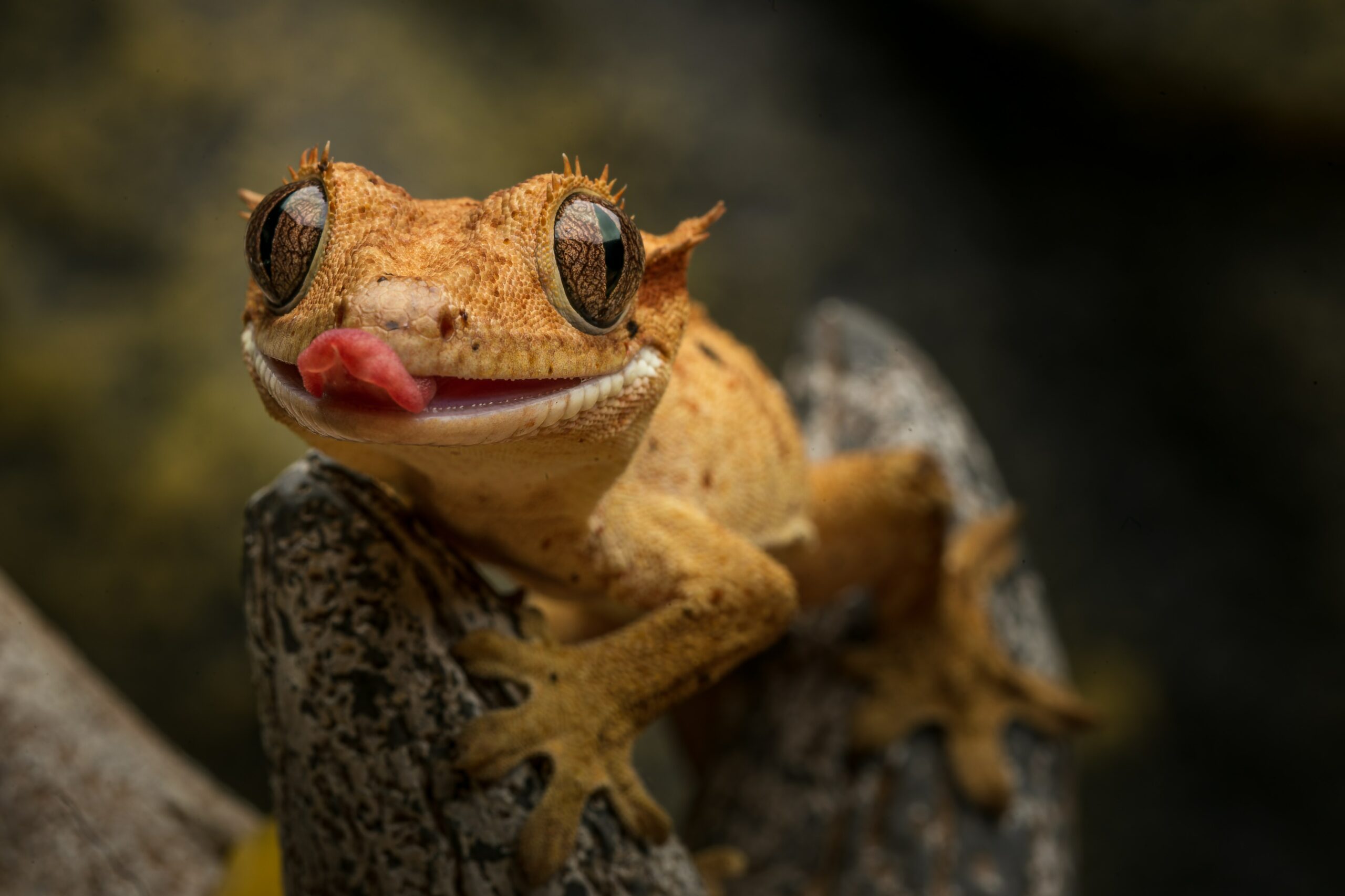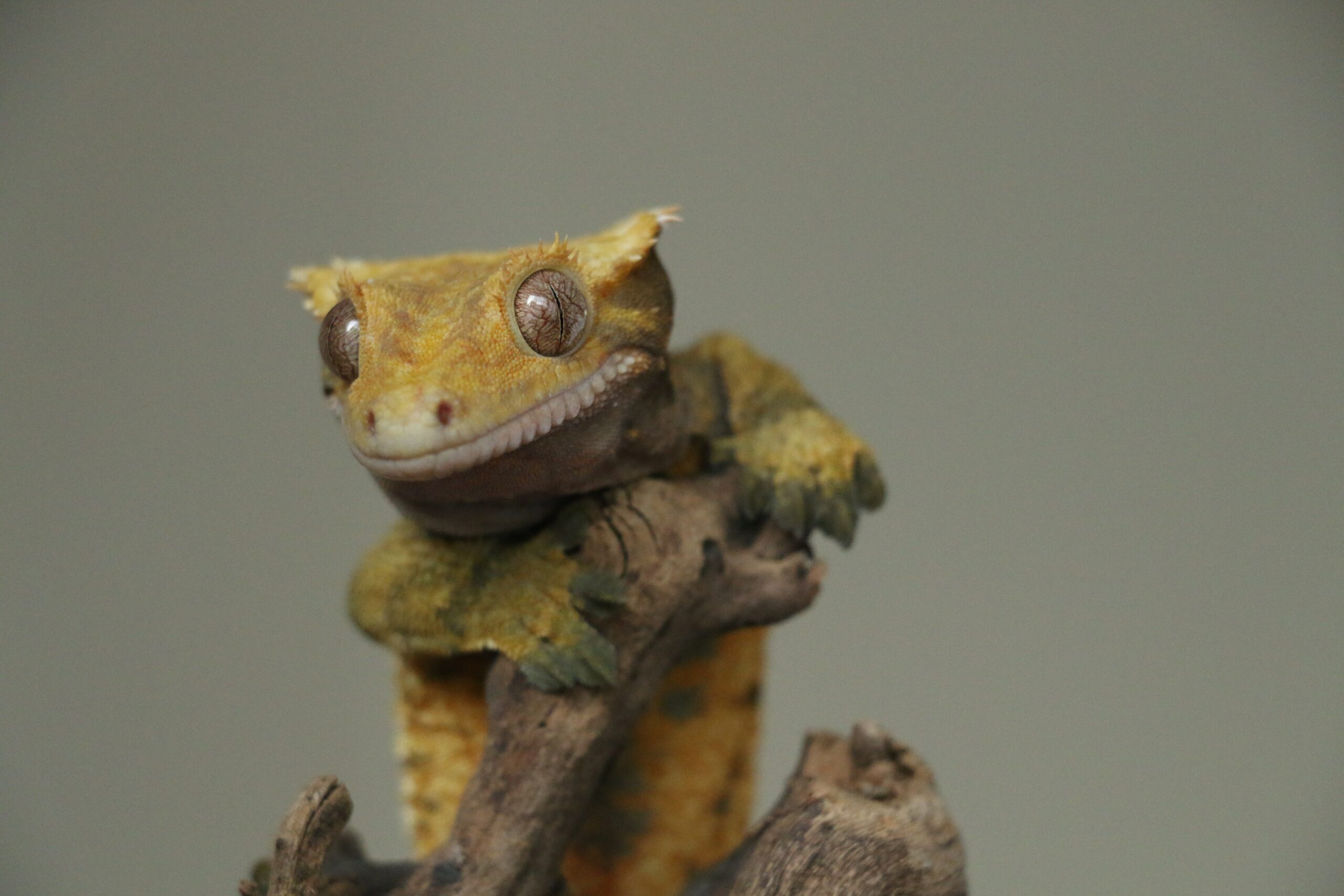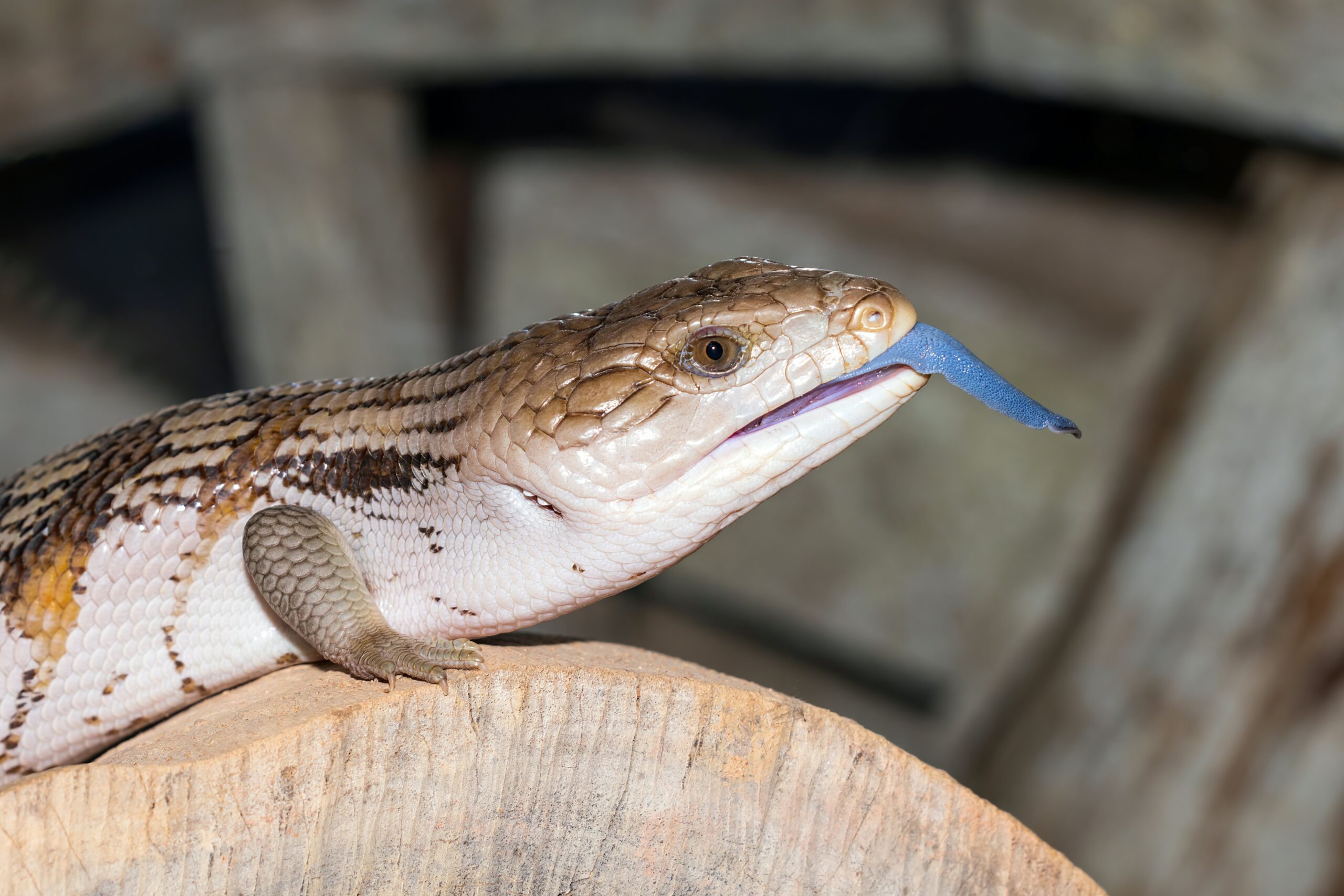Are you a reptile enthusiast looking to venture into the world of pet lizards? Lizards make fascinating companions, and for novice reptile keepers, it’s important to choose a species that is low-maintenance and beginner-friendly.
In this article, we will explore a range of pet lizard options that require minimal care and provide valuable insights into their diet, habitat, handling, and more. Whether you have limited space, are concerned about feeding requirements, or simply want a lizard that is easy to care for, we’ve got you covered.
Let’s delve into the exciting world of low-maintenance pet lizards!
Are low-maintenance lizards suitable for beginners?
Low-maintenance lizards may seem appealing to beginners, but it’s important to understand that their suitability depends on various factors. While some lizard species are considered relatively low-maintenance, it doesn’t mean they require zero effort.
Beginner-friendly lizards typically have simpler care requirements, but they still need proper housing, temperature regulation, and a balanced diet. Regular monitoring of their health and well-being is essential.
Additionally, even low-maintenance lizards require attention, interaction, and mental stimulation to thrive. It’s crucial for beginners to research and understand the specific needs of any lizard species they are considering, and be prepared to invest time and effort into providing a suitable environment for their scaly companion.
What are the top low-maintenance lizard species?

There are several low-maintenance lizard species that are particularly well-suited for novice reptile keepers. Among them, the Leopard Gecko stands out as one of the most popular choices.
Known for their docile nature, ease of handling, and simple habitat requirements, Leopard Geckos are an excellent option for beginners. Crested Geckos also make great low-maintenance pets, with their ability to thrive on prepared fruit mixes and occasional insect feedings.
Blue-Tongued Skinks, African Fat-Tailed Geckos, and Rankin’s Dragons are a few other lizard species that are low-maintenance and beginner-friendly.
Which lizard species require minimal feeding?
If you’re looking for a lizard that doesn’t require frequent feedings, there are several options to consider. Leopard Geckos primarily feed on insects such as crickets and mealworms, which can be offered every other day.
Crested Geckos, on the other hand, thrive on a diet consisting of prepared fruit mixes along with occasional insect feedings. Blue-Tongued Skinks and Rankin’s Dragons have omnivorous diets and can be fed a combination of vegetables, fruits, and insects, which allows for a feeding frequency of 2-3 times a week.
African Fat-Tailed Geckos have similar dietary requirements to Leopard Geckos, making them low-maintenance in terms of feeding.
| Lizard Species | Diet | Feeding Frequency |
|---|---|---|
| Leopard Gecko | Insects (crickets, mealworms) | Every other day |
| Crested Gecko | Prepared fruit mixes, insects | Every other day |
| Blue-Tongued Skink | Vegetables, fruits, insects | 2-3 times a week |
| African Fat-Tailed Gecko | Insects (crickets, mealworms) | Every other day |
| Rankin’s Dragon | Vegetables, fruits, insects | 2-3 times a week |
How to create a stress-free environment for your pet lizard?
Creating a stress-free environment is crucial for the overall well-being of your pet lizard. Start by providing an appropriately sized enclosure that mimics their natural habitat. Ensure that the enclosure has proper temperature and humidity levels, which can be achieved through the use of thermostats, heat lamps, and misting systems.
Additionally, include suitable hiding spots and branches for climbing to offer a sense of security. Regular cleaning and maintenance of the enclosure, along with a consistent day-night cycle, will help minimize stress for your pet lizard.
What are the best low-maintenance lizards for small spaces?
When it comes to low-maintenance lizards that are suitable for small spaces, there are a few species that stand out. These lizards require minimal care and are well-suited for living in smaller enclosures. Consider the following options:
-
Leopard Gecko: These small and docile lizards are known for their low-maintenance requirements. They don’t require complex lighting setups and can thrive on a diet of insects and commercially available gecko food.
-
Crested Geckos: With their unique appearance and gentle nature, crested geckos are another excellent choice for small spaces. They are primarily arboreal, so vertical enclosures with plenty of climbing opportunities are ideal. They have simple dietary needs and are generally easy to care for.
-
Anole Lizard: Anoles are small, active lizards that make fascinating pets. They are relatively low-maintenance and can be housed in compact enclosures. Anoles require UVB lighting, a varied diet of insects, and a proper temperature gradient to thrive.
Can low-maintenance lizards be easily handled?
Many low-maintenance lizard species are known for their docile nature and ease of handling. Leopard Geckos and Crested Geckos, in particular, are popular for their calm temperaments, making them great pets to interact with.
However, it’s important to remember that lizards, like any living creature, require gentle handling and gradual acclimation to human interaction.
Are there low-maintenance lizards that don’t require UV lighting?

While UV lighting is essential for most reptiles to meet their vitamin D3 needs, there are a few low-maintenance lizard species that can thrive without it. Leopard Geckos, for example, are crepuscular and do not have a strict UVB requirement.
However, providing a low-output UVB bulb in their enclosure can still be beneficial for their overall health. It’s always recommended to consult with a reptile veterinarian or experienced reptile keeper to ensure you’re meeting the specific lighting needs of your pet lizard.
What are the ideal temperature and humidity levels for low-maintenance lizards?
Maintaining proper temperature and humidity levels is crucial for the health and well-being of your low-maintenance pet lizard. Leopard Geckos prefer a temperature range of 88-92°F (31-33°C) on the warm side of the enclosure, with a cooler side around 75-80°F (24-27°C).
They require a moderate humidity level of 40-50%. Crested Geckos thrive in temperatures ranging from 72-78°F (22-26°C) with a humidity level of 50-70%. Blue-Tongued Skinks, African Fat-Tailed Geckos, and Rankin’s Dragons require a temperature range of 80-85°F (27-29°C) and a humidity level of 30-40%.
Do low-maintenance lizards need complex terrarium setups?
One of the advantages of low-maintenance lizards is that they generally do not require complex terrarium setups. Leopard Geckos can thrive in a simple setup with a substrate, a few hiding spots, and a shallow water dish.
Crested Geckos do well in vertical terrariums with plenty of foliage and climbing opportunities. Blue-Tongued Skinks, African Fat-Tailed Geckos, and Rankin’s Dragons require larger enclosures with ample space for them to move around, bask, and explore.
While their setups may be slightly more elaborate, they can still be designed and maintained without excessive complexity.
Which low-maintenance lizards have fascinating coloration?
If you’re looking for visually striking lizards, low-maintenance options are available. Crested Geckos are known for their vibrant coloration and unique patterns, making them a popular choice among reptile enthusiasts.
Leopard Geckos also exhibit beautiful variations in color and pattern, including albino morphs and patternless individuals. Blue-Tongued Skinks, while not as visually flashy as some other species, have a distinctive blue tongue that adds a touch of intrigue to their appearance.
African Fat-Tailed Geckos and Rankin’s Dragons may have less varied coloration but still possess their own subtle charm.
Are low-maintenance lizards suitable for families with children?
Low-maintenance lizards can be suitable pets for families with children, provided proper supervision and guidance are in place. Leopard Geckos and Crested Geckos, with their gentle nature and manageable size, can be great choices for kids to learn about responsible pet ownership.
However, it’s crucial to educate children about the importance of treating the lizard with care and respect, and always under adult supervision. Teach them about proper handling techniques and the significance of maintaining a clean and stress-free environment for their scaly friend.
How often do low-maintenance lizards shed their skin?
Lizards shed their skin periodically to accommodate their growth. Leopard Geckos typically shed their skin every 3-4 weeks, while Crested Geckos shed less frequently, usually every 4-8 weeks.
Blue-Tongued Skinks, African Fat-Tailed Geckos, and Rankin’s Dragons shed their skin less frequently than Leopard Geckos, often every 4-6 weeks. It’s important to provide a moist hide or shedding box in their enclosure to aid in the shedding process and prevent any complications.
Can low-maintenance lizards be kept together in the same enclosure?

It’s not recommended to keep different species of lizards together in the same enclosure. Each species has its own specific care requirements, and housing them together can lead to stress, aggression, and the spread of diseases.
However, certain species, like some geckos, may tolerate communal setups under specific conditions. It’s crucial to research and consults with experts to ensure compatibility and create a suitable environment if considering housing multiple lizards together.
What are the common health issues in low-maintenance lizards?
Low-maintenance lizards, just like any other pets, can face health issues if proper care is not provided. Some common health concerns include metabolic bone disease (resulting from calcium and vitamin D3 deficiencies), respiratory infections, parasitic infestations, and issues related to improper husbandry.
Regular veterinary check-ups, a balanced diet, appropriate temperature and humidity levels, and a clean living environment can greatly reduce the risk of health problems in your pet lizard.
Do low-maintenance lizards require special supplements?
Low-maintenance lizards may require certain supplements to ensure they receive proper nutrition. Leopard Geckos, for example, benefit from calcium and vitamin D3 supplements to prevent metabolic bone disease.
Crested Geckos can be supplemented with calcium and multivitamin powders to meet their nutritional needs. Blue-Tongued Skinks, African Fat-Tailed Geckos, and Rankin’s Dragons may also require calcium supplements, especially if their diet lacks variety.
All in all
Low-maintenance pet lizards offer a fantastic opportunity for novice reptile keepers to embark on a thrilling journey of reptile ownership. Leopard Geckos, Crested Geckos, Blue-Tongued Skinks, African Fat-Tailed Geckos, and Rankin’s Dragons are all excellent choices for those seeking low-maintenance lizard companions.
By understanding their dietary needs, providing suitable habitats, and offering gentle handling, you can ensure a fulfilling and enjoyable experience for both you and your scaly friend. So, dive into the world of low-maintenance lizards and embark on an exciting reptilian adventure today!




